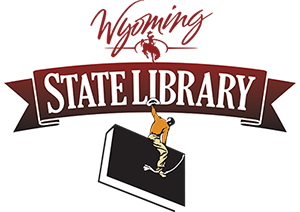By Doug Johnson
Blue Skunk Blog
At a recent meeting, a school library professor expressed her concern to me about the profession’s enthusiasm for putting makerspaces into school libraries. While she personally saw the value of the kinds of learning opportunities makerspaces are supposed to offer, she asked:
[su_quote]If school administrators see the makerspace as a trivial extra, might that association be applied to the library as a whole?[/su_quote]
It’s a good question and one all of us need to be asking.
Unfortunately when a sexy innovation like makerspaces makes its appearance on the education stage, too many schools take the READY, FIRE, AIM approach to planning. My friend Joyce Valenza called out this problem in a recent blog post “Makerspaces: On Scanning the Road & Gently Easing the Brakes” (October 3, 2017). She asks:
[su_quote]Making is important. Informal learning is important. Tinkering is important. Connected learning is important. STEAM is important. Invention is important. Access is important. Project-based learning, problem-based learning and constructionism are important. Student choice and creativity are important.
But should a formal makerspace need to be a part of every school library?[/su_quote]
And she wonders if makerspace planning in schools always takes in the specific needs, goals, and resources of the building in which the makerspace is being placed (and worries that good programming in the library might be eliminated by makerspace real estate.)
In her EdSurge article “What Should I Buy For My New Makerspace?, Laura Fleming writes:
[su_quote]Every makerspace needs to have its own unique vision, and that vision should be written down in the form of a mission statement. That statement will help you convey to others what your makerspace is trying to achieve and to help people better understand your space, but it will also help you be able to better select products that are appropriate and meaningful to your particular makerspace.[/su_quote]
She then articulates a 5 step framework for selecting the right products for the makerspace. (If I can quibble, I would change selecting “product” to selecting “activity.” Product implies that makerspaces must only contain commercial equipment.)
Riffing on Joyce and Laura, here are some questions I might ask when implementing a makerspace in a school:
- Has my school articulated the “why” for its makerspace? Do teachers, administrators, and parents understand the purpose behind creating this very different learning enviroment? Is it in alignment with the school’s mission?
- Is there a suitable location for the makerspace? Is the space being considered currently being used for a valuable purpose? Can the makerspace be portable?
- How will the efficacy of the makerspace be evaluated?
- How will the makerspace support curricular outcomes?
- Who has responsibility for managing the makerspace, selecting activities, scheduling the space, maintaining the equipment, supervising the activities?
- How can it be assured all students have access to the learning experiences afforded by the makerspace? Will only identified students or students with teacher who are enthusiastic about the philosophy behind making get to use the space?
- Who will determine whether the true spirit of making – creativity, problem-solving, self-direction, etc – is being nurtured? Who will monitor to make sure the 3D printer is not being used as an expensive photocopier or the graphics program just a digital coloring book or the programming devices not just a exercise in following instructions?
Great results are nearly always the result of good planning and hard work. Interesting correlation. Resources — money, time, energy, space, PD — are too scarce to waste on a half-baked trend that does not benefit kids.
Reposted from the Blue Skunk Blog under a Creative Commons Attribution-Noncommercial-Share Alike 3.0 United States License.

